Are you worried that your well water might not be safe to drink or use around your home?
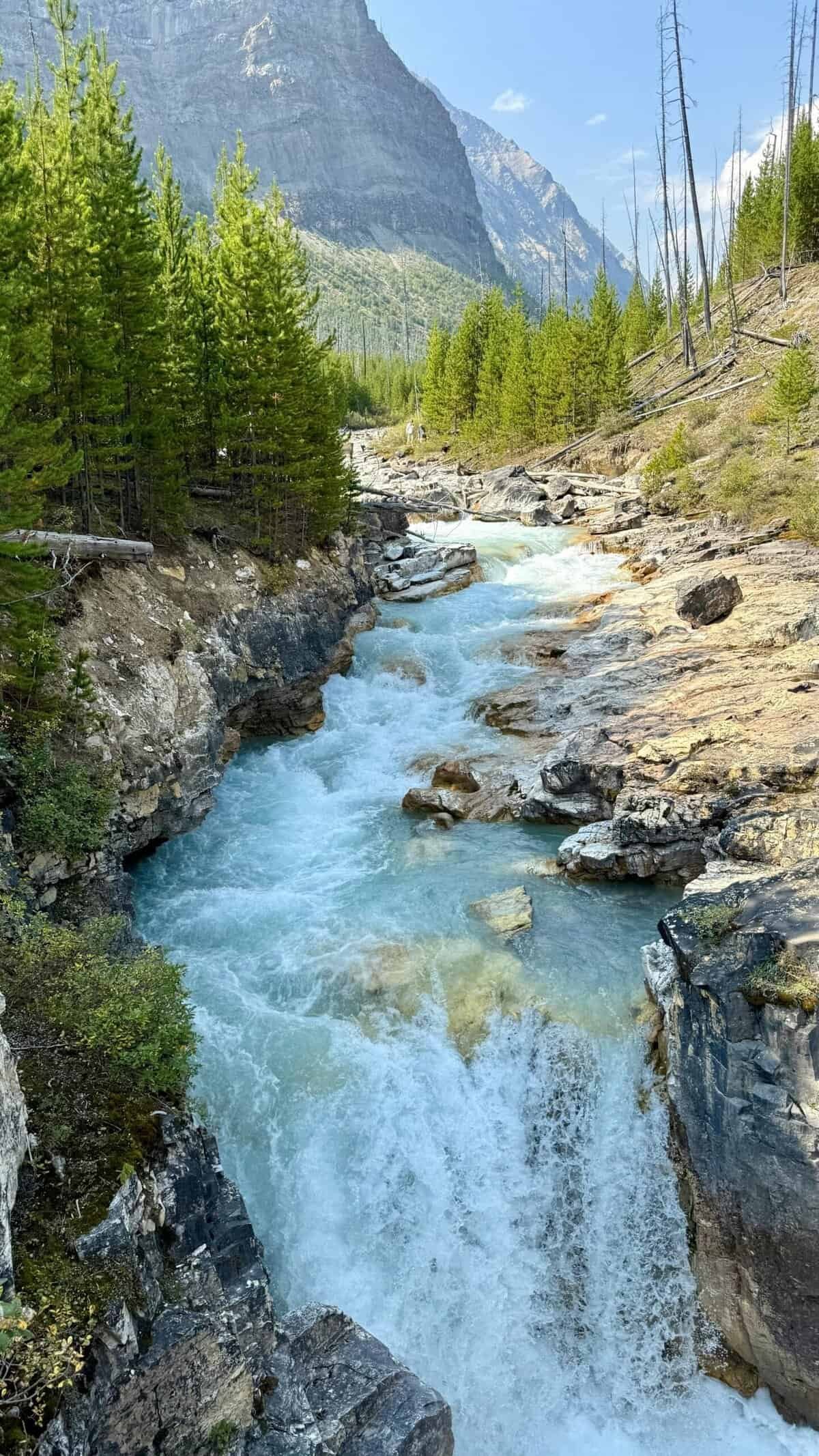
How Do I Disinfect My Well Water?
You’re about to get clear, practical guidance on disinfecting your well water so you can protect your family and property. This section gives an overview of why disinfection matters and the basic approaches you can use.
Why Disinfect Your Well Water?
If your private well becomes contaminated with bacteria, viruses, or other organisms, you can get sick from drinking, cooking with, or bathing in the water. Disinfection reduces or eliminates disease-causing microorganisms and restores safe water quality.
When Is Disinfection Necessary?
You should disinfect your well after any event that could have introduced contamination—flooding, well repair, plumbing work, or a positive test for coliform or E. coli. It’s also a good precaution after the well or wellhead has been exposed, or after unusual taste, odor, or turbidity appears.
Types of Disinfection: Overview
There are several ways to disinfect well water, and each method fits different circumstances. You’ll want to pick the method that matches why you’re disinfecting, how often you need it, and whether you want short-term or continuous protection.
Shock Chlorination (Periodic / One-Time)
Shock chlorination is a common, effective one-time method to remove bacteria and organic contaminants. You add a strong chlorine solution to the well and plumbing to achieve a high free chlorine concentration for a period of time, then flush until the chlorine is gone.
Continuous Chlorination (Ongoing Treatment)
If contamination recurs or if persistent bacteria or iron-related problems are present, continuous chlorination systems can maintain a low residual of chlorine in your water. These systems require equipment and monitoring but provide ongoing protection.
Ultraviolet (UV) Disinfection
UV systems use ultraviolet light to inactivate bacteria, viruses, and protozoa as water passes through the unit. They’re chemical-free and effective when the water is clear of turbidity and properly pretreated for hardness or iron.
Ozone and Other Oxidants
Ozone and other advanced oxidants can disinfect and help remove tastes, odors, and some chemicals. These systems are more complex and usually require professional installation and maintenance.
Filtration Plus Disinfection
Sometimes you’ll combine filtration (to remove sediment, iron, or particulates) with disinfection (chlorine or UV) to ensure the disinfection is effective. Clear water allows disinfectants like UV to work properly.
How to Decide Which Method to Use
Choosing a method depends on the contamination type, water quality, well construction, your budget, and how much maintenance you want to perform. You’ll often start with shock chlorination after a positive bacteria test and then evaluate if ongoing treatment or repair is needed.
Questions to Ask Before You Act
Ask whether your problem is a one-time contamination (repair/flood) or recurring contamination (sources near surface, aging well structure). Also consider water chemistry (iron, turbidity), how much water you use, and whether you can safely follow the steps for shock chlorination.
Preparing to Shock Chlorinate: What You’ll Need
If you decide to shock chlorinate, gather the correct materials and know the well volume before you start. Proper planning improves effectiveness and safety.
Materials Checklist
You’ll need:
- Unscented household bleach (check concentration on the label).
- Clean containers and a long-handled funnel.
- Rubber gloves, safety goggles, and protective clothing.
- A garden hose and access to all faucets.
- A method to calculate the total water volume in your well and storage/pressure tanks.
- A supply of bottled water for drinking during the process.
Safety and Precautions
Always use unscented bleach without stabilizers or additives; don’t mix bleach with acids or ammonia. Work in a ventilated area, wear gloves and eye protection, and keep children and pets away from the treated water until it’s safe.
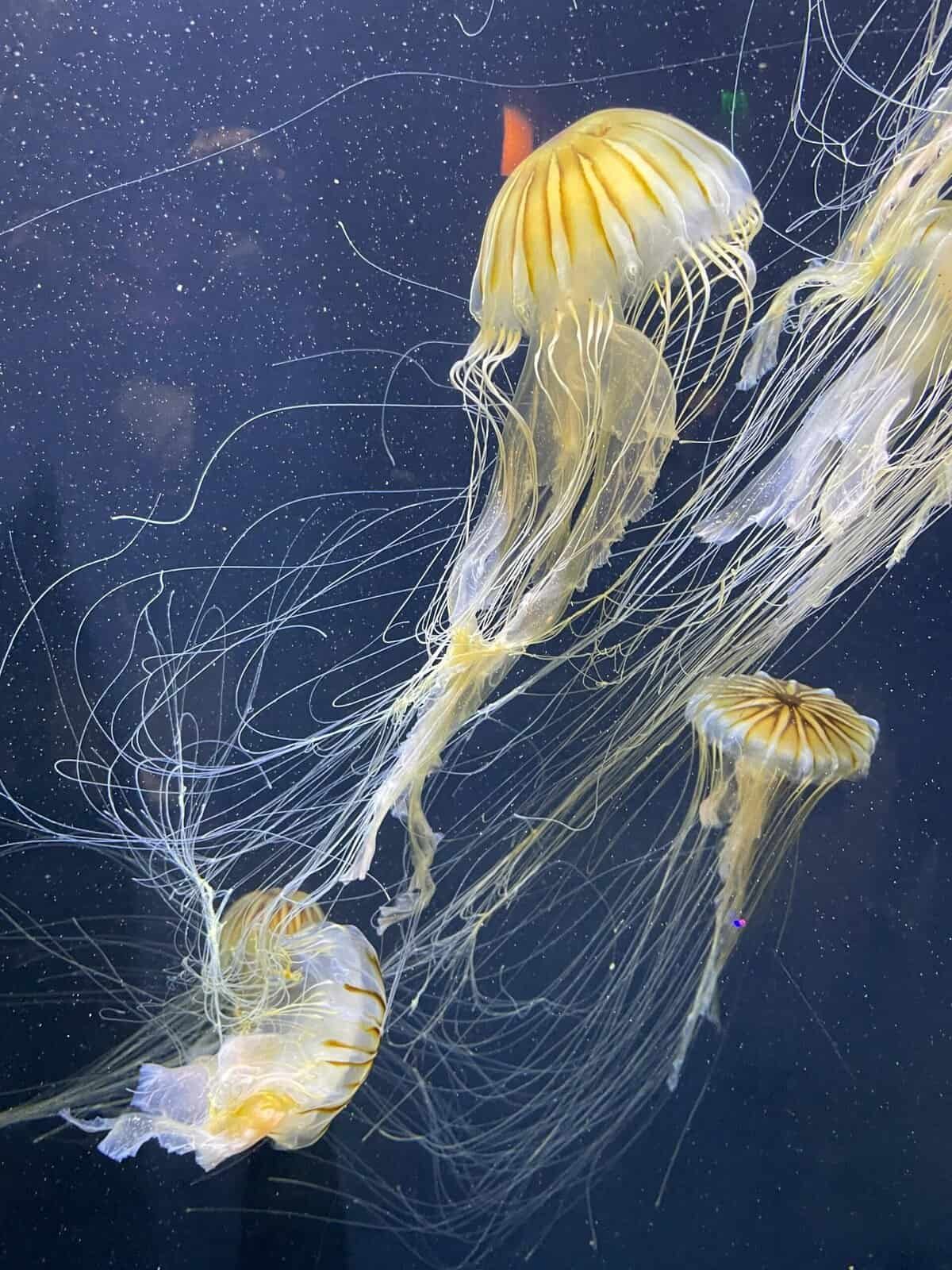
Calculating Your Well and System Volume
Calculating total water volume helps you determine how much bleach to add. You must account for the standing water in the well (water column), the pressure tank, and any storage tanks.
Gallons Per Foot in Common Well Casings
Use the table below to estimate the number of gallons of water per foot of depth for common casing diameters. Multiply the gallons-per-foot by the depth of water in the well to get the well volume.
| Casing Diameter | Gallons per Foot (approx.) |
|---|---|
| 4 inches | 0.65 |
| 5 inches | 1.02 |
| 6 inches | 1.47 |
| 8 inches | 2.61 |
| 10 inches | 4.08 |
| 12 inches | 5.86 |
Example Calculation
If your well has 6-inch casing and the static water level (water column) is 80 feet, multiply 80 ft × 1.47 gal/ft = 117.6 gallons in the well. Add the volume of your pressure tank and any storage tank to get the total system volume.
Estimating Pressure Tank Volume
Most pressure tanks store a small fraction of their labeled capacity as usable water. Check manufacturer specs or measure water output by draining and timing pump cycles, then convert to gallons. If you’re unsure, contact a local well contractor for help estimating the tank’s usable volume.
Bleach Dosage: How Much Chlorine Should You Use?
You’ll aim for a specific chlorine concentration to ensure effective disinfection. A common target for shock chlorination is 50–200 ppm free chlorine in the well and system.
Simple Practical Rule (for 5.25% Bleach)
If you’re using common household bleach at about 5.25% available chlorine, a practical and often-cited rule is:
- 1 gallon of 5.25% bleach treats about 1,000 gallons of water to approximately 50 ppm.
Use the formula: Bleach (gallons) = (Desired ppm / 50) × (Total system volume in gallons / 1000)
Adjust proportionally if your bleach has a different concentration (multiply by 5.25 / %available_chlorine).
Example Calculation
If total system volume = 250 gallons, desired shock concentration = 100 ppm: Bleach (gal) = (100 / 50) × (250 / 1000) = 2 × 0.25 = 0.5 gallons (64 ounces) of 5.25% bleach.
Practical Dosage Table (5.25% Bleach)
This table simplifies amounts you’ll need for common well volumes and a target of 100 ppm.
| Total Water Volume (gallons) | Bleach Needed (approx., 5.25%) |
|---|---|
| 100 | 0.10 gal (13 oz) |
| 250 | 0.25 gal (32 oz / 1 quart) |
| 500 | 0.50 gal (64 oz / 2 quarts) |
| 1,000 | 1.00 gal |
| 2,000 | 2.00 gal |
Always round up slightly and use unscented bleach. If using 6% or 8.25% bleach, reduce the amount proportionally.
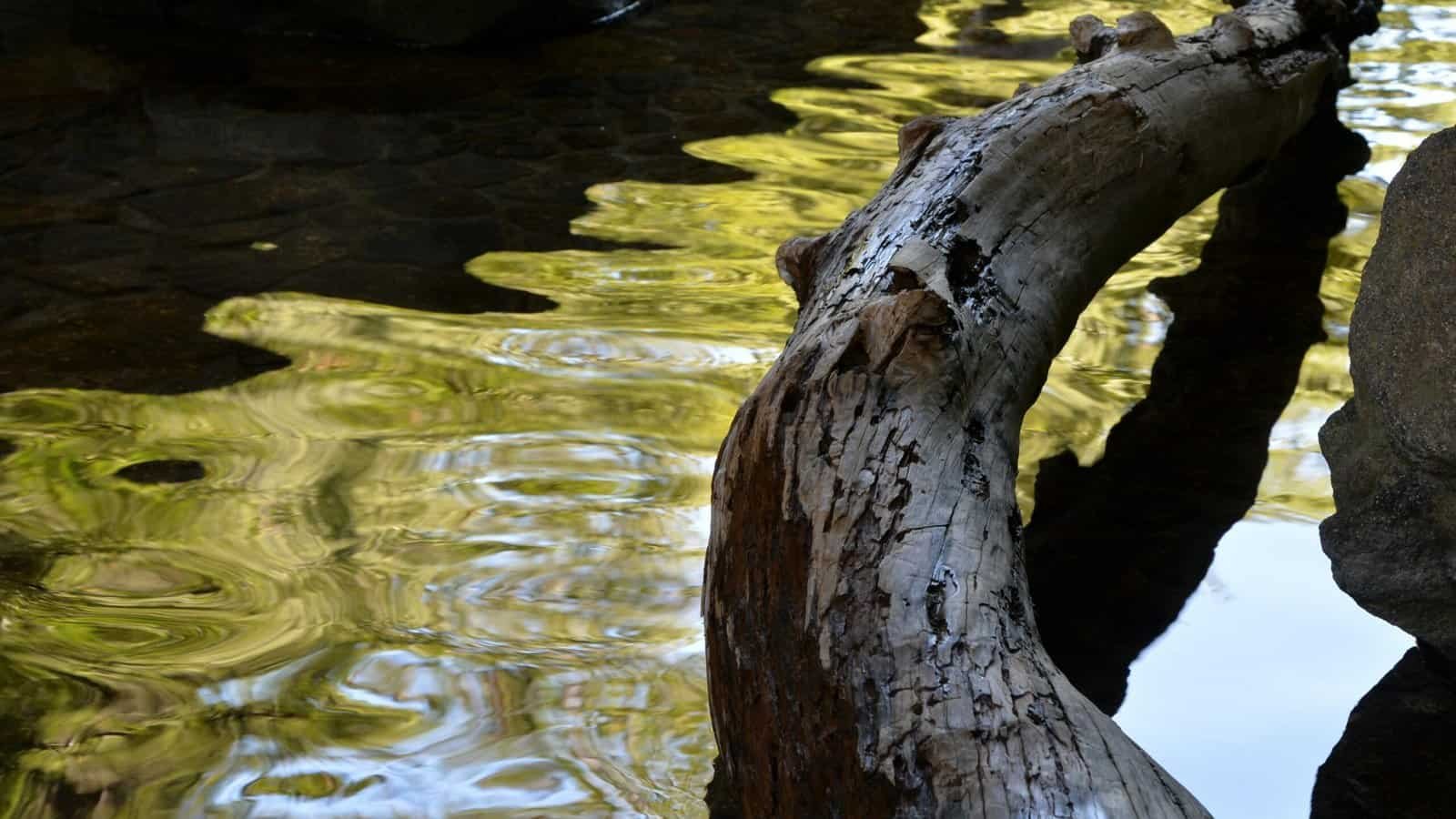
Step-by-Step Shock Chlorination Procedure
Follow these steps carefully and methodically to disinfect your well and plumbing system.
Step 1: Turn Off Power and Water System
Turn off the electrical pump and any automatic controls before beginning work. This prevents pump damage and keeps you safe.
Step 2: Measure and Calculate Total Volume
Use the casing gallons-per-foot table and add pressure tank and storage tank volume to get total water volume. Double-check your calculation to avoid significantly under- or over-chlorinating.
Step 3: Calculate Bleach Amount
Use the formula or dosage table above to determine how much bleach to use for your target ppm (commonly 50–200 ppm). Verify bleach concentration on the label and adjust if necessary.
Step 4: Add Bleach to Well
Carefully pour the calculated amount of bleach down the well casing. Add some additional water if the label recommends diluting bleach before pouring. Avoid splashing and use gloves and goggles.
Step 5: Circulate Chlorinated Water through System
Reconnect power and run cold water from the nearest faucet until you smell chlorine, then open all faucets (cold and hot) and flush each until you detect a strong chlorine odor. Don’t forget outside spigots and irrigation lines if they are connected.
Step 6: Let the Chlorine Work
Let the high-chlorine water stand in the well and plumbing for 12–24 hours; some sources recommend up to 24 hours for stubborn contamination. Keep the system pressurized and do not drink the water while the chlorine is present.
Step 7: Flush System
After the contact time, flush the system at an outside hose or be prepared to run water until the chlorine smell diminishes. You may need several hours to flush depending on system volume. Dispose of chlorinated water away from gardens, septic absorption areas, and fish-bearing waters.
Step 8: Re-test Your Water
After flushing and when no chlorine is detectable (or using the lab-provided neutralizing bottle), collect a water sample for bacteriological testing. Use certified laboratories and follow sample instructions—some labs provide bottles with sodium thiosulfate to neutralize chlorine.
What to Expect After Chlorination
You should notice a chlorine smell during and immediately after shock chlorination. After thorough flushing, the smell should disappear. If bacteriological tests come back negative, your well is likely disinfected. If tests remain positive for coliform or E. coli, repeat the procedure or call a professional.
When Shock Chlorination Doesn’t Work
If bacteria return after disinfection or if you have ongoing taste, odor, turbidity, or iron problems, you may have a structural well issue, surface intrusion, or an underground contamination source. In those cases, a professional assessment and possibly well repair, replacement, or continuous treatment are required.
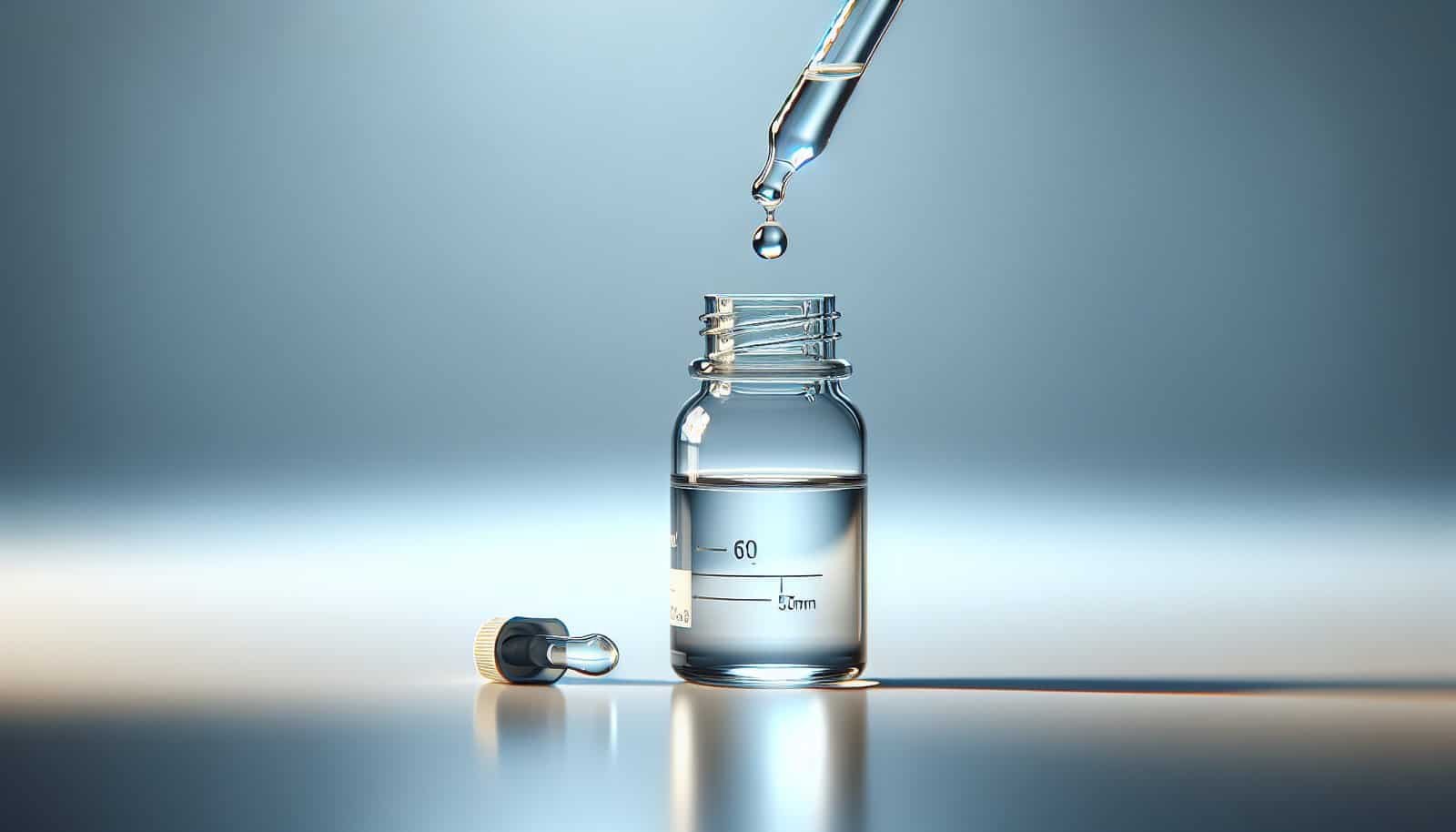
Continuous Chlorination Systems: How They Work
For persistent contamination you might consider continuous chlorination. These systems automatically dose small amounts of chlorine into the water supply to maintain a low residual level.
Pros and Cons Table
| Method | Pros | Cons |
|---|---|---|
| Shock chlorination | Inexpensive, DIY, effective for one-time contamination | Temporary; may need repeating; can be hazardous if not done carefully |
| Continuous chlorination | Maintains residual protection; good for recurring issues | Requires equipment, ongoing monitoring, and maintenance |
| UV treatment | Chemical-free, effective for many pathogens | Must pre-filter; ineffective if turbidity or iron is high |
| Ozone | Strong oxidizer, treats odors and microbes | Complex equipment, higher cost, professional maintenance |
Maintenance and Monitoring
With continuous chlorination you’ll need to monitor residual chlorine levels, replace chemical containers, and maintain injection pumps or controllers. You should also periodically test for bacteria and disinfection byproducts.
Testing: What Tests You Need and When
Testing before and after disinfection confirms whether treatment worked and whether your water is safe.
Bacterial Testing
Test for total coliforms and E. coli. If E. coli is present, do not drink the water until corrected. Re-test after disinfection—labs usually recommend testing after the chlorine has been flushed and is no longer present.
Chlorine Residuals
If you use continuous chlorination, test free chlorine residuals (aim often between 0.2–1.0 mg/L for continuous systems, but check local guidance). After shock chlorination, ensure chlorine is flushed to safe levels before long-term use.
Other Tests
If you have iron, manganese, hardness, or sulfur issues, test for these because they affect disinfection choices (e.g., high iron consumes chlorine and reduces effectiveness of UV). If you suspect chemical contamination, test for the specific contaminant.
Testing Frequency
- Bacterial tests: annually as a minimum; more often after repairs, flooding, or health concerns.
- Chlorine residuals: regularly if you use continuous chlorination.
- Comprehensive chemical testing: every few years or if conditions change.
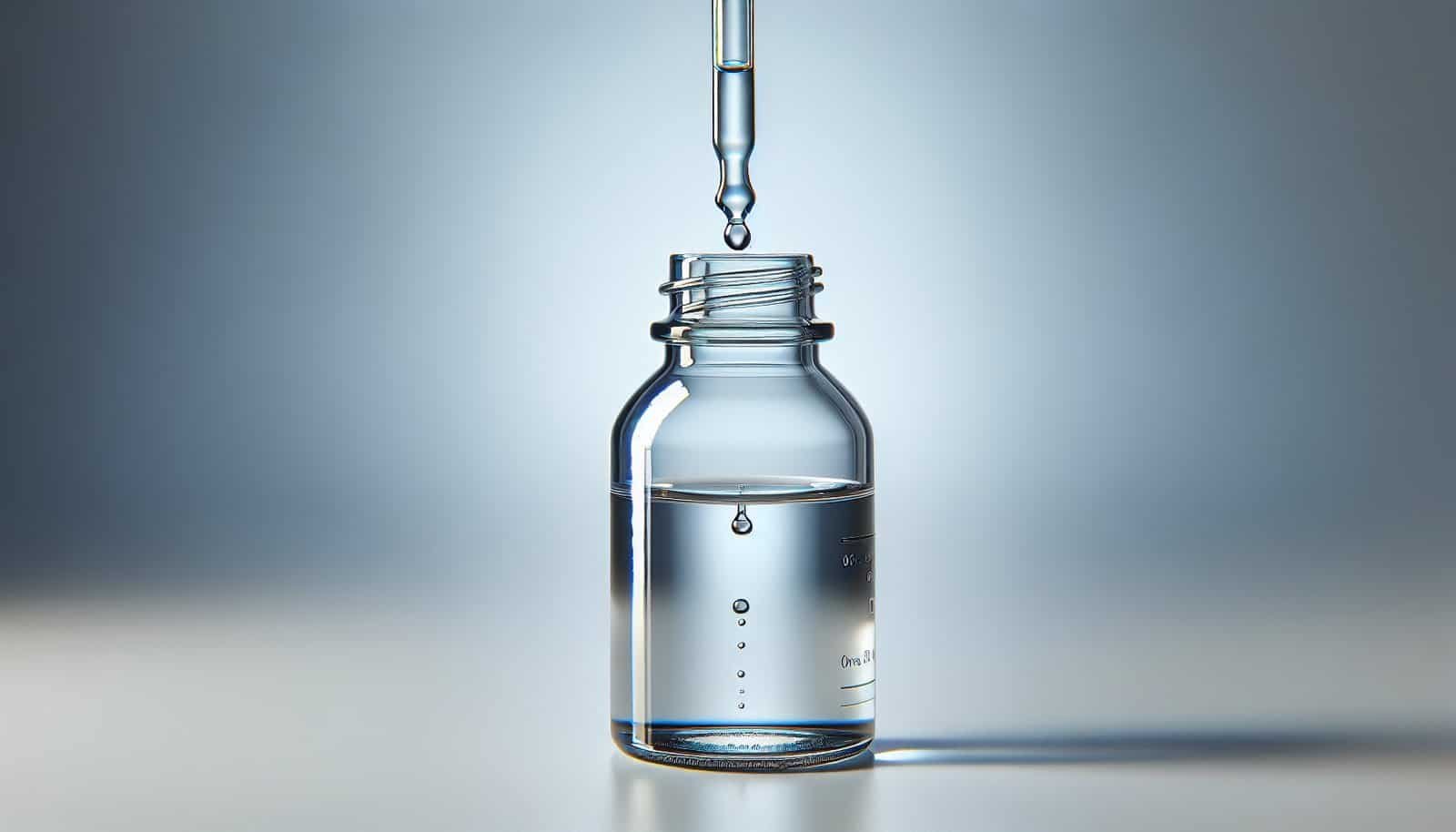
Special Considerations and Troubleshooting
Certain conditions make disinfection harder or change the process slightly.
High Iron or Manganese
Iron and manganese react with chlorine and reduce its effectiveness. You’ll need higher initial chlorine doses or pre-treatment to remove iron for successful disinfection.
Water with High Turbidity or Sediment
Turbid water protects microbes from chlorine and UV. Clean or filter the water to reduce turbidity before disinfection.
Shallow or Dug Wells
Shallow wells are more prone to surface contamination and might need ongoing treatment or a sanitary seal/repair. They are harder to permanently protect without addressing the contamination source.
Water Heater and Softener Considerations
Turn off and bypass water heaters and softeners during chlorination if the manufacturer recommends it. Chlorine can damage some softener resins or heater components.
When to Call a Professional
If you can’t find or fix the contamination source, if repeated disinfection fails, or if you don’t feel comfortable performing shock chlorination, hire a licensed well contractor or local health department. Professionals can perform well inspections, repairs, continuous treatment installations, or source-tracing investigations.
Finding Help
Contact your local health department for a list of certified labs and licensed well contractors. They can often provide guidance on required tests and safe practices.
Environmental and Safety Disposal Notes
Never discharge highly chlorinated water near a septic drain field, garden beds, or fish-bearing waters. High chlorine can kill beneficial microbes and aquatic life. Run the chlorinated water to a sanitary sewer or allow chlorine to dissipate in a safe area away from sensitive vegetation or animals.
Neutralizing Chlorinated Water
If you need to neutralize large volumes before disposal, use sodium thiosulfate or allow chlorine to dissipate naturally by aerating and letting water sit. Follow local rules.
Record-Keeping and Documentation
Keep a written record of dates and details of disinfection, test results, amounts and brands of bleach used, and any repairs. Records help track recurring problems and are useful if you decide to sell the property.
Cost Considerations
Shock chlorination is inexpensive—main costs are bleach and time. Continuous chlorination, UV, or ozone systems cost more up front and require ongoing maintenance and monitoring. Consider long-term costs when choosing a solution.
Frequently Asked Questions (FAQs)
How long do I have to wait after chlorinating before using water?
Wait until chlorine is flushed out and bacteriological tests come back negative. For drinking and cooking, don’t use the water until testing confirms safety; for washing and cleaning, wait until chlorine smell is gone or within safe chlorine limits.
Can I use bleach with a private well treatment system installed (softener, heater, etc.)?
Yes, but bypass or follow manufacturer recommendations to protect softener resin, heater anodes, and other components. Run chlorinated water through all piping to disinfect, then flush thoroughly.
Is bottled water required during the process?
Yes, you should use bottled or alternate safe water for drinking, cooking, and brushing teeth while the system is chlorinated and until tests confirm safety.
How often should I shock chlorinate my well?
Only when needed—after positive bacteria tests, after flooding, after repairs, or if contamination is suspected. Routine annual shock chlorination isn’t usually necessary if you have a safe well and pass annual bacterial tests.
Can I disinfect a well with something other than household bleach?
Yes—calcium hypochlorite (pool shock) is another option and is commonly used by professionals. It’s more concentrated and requires careful handling and precise dosing to avoid over-chlorination.
Final Checklist Before You Start
- Confirm the reason for disinfection and the best method for your situation.
- Calculate total water volume accurately.
- Use unscented household bleach or an appropriate alternative and confirm concentration.
- Gather PPE and tools, and plan where to flush chlorinated water.
- Notify family members and arrange safe drinking water for the process.
- Plan to retest water after treatment and flushing.
Resources and Local Help
You should contact your local health department for certified labs and local well regulations. Many states provide guidance on private well maintenance and lists of licensed well contractors for inspections and repairs.
Key Takeaways
You can disinfect your well water effectively with proper planning, accurate volume calculations, and careful use of chlorine or alternative disinfectants. Test your water before and after treatment, address underlying sources of contamination, and consult professionals when problems persist or when you’re unsure of the correct approach.
If you want, describe your well (casing diameter, water depth, pressure tank size, and current test results) and I can walk you through the volume calculation and give a specific bleach dosage and a step-by-step plan you can follow.
